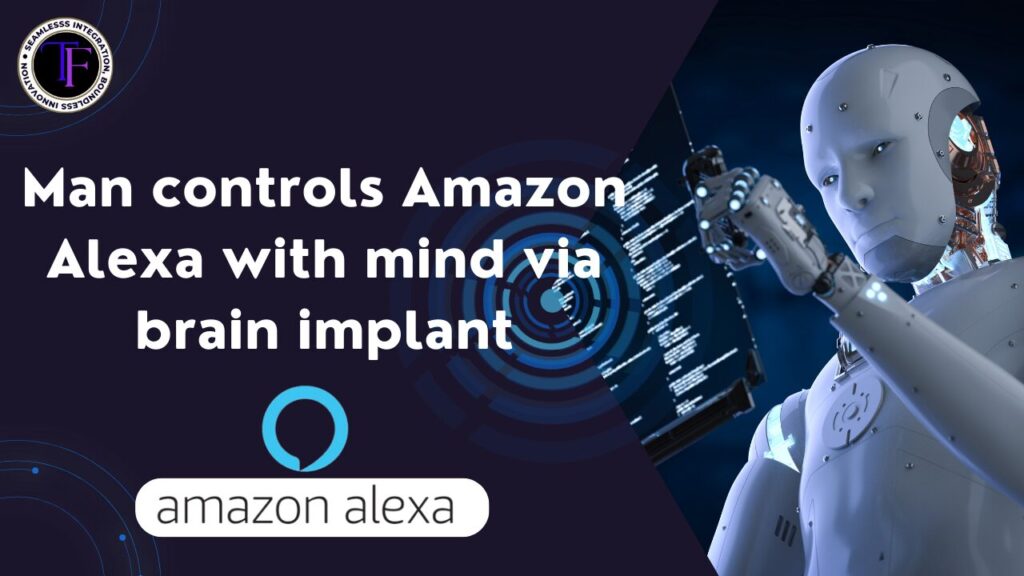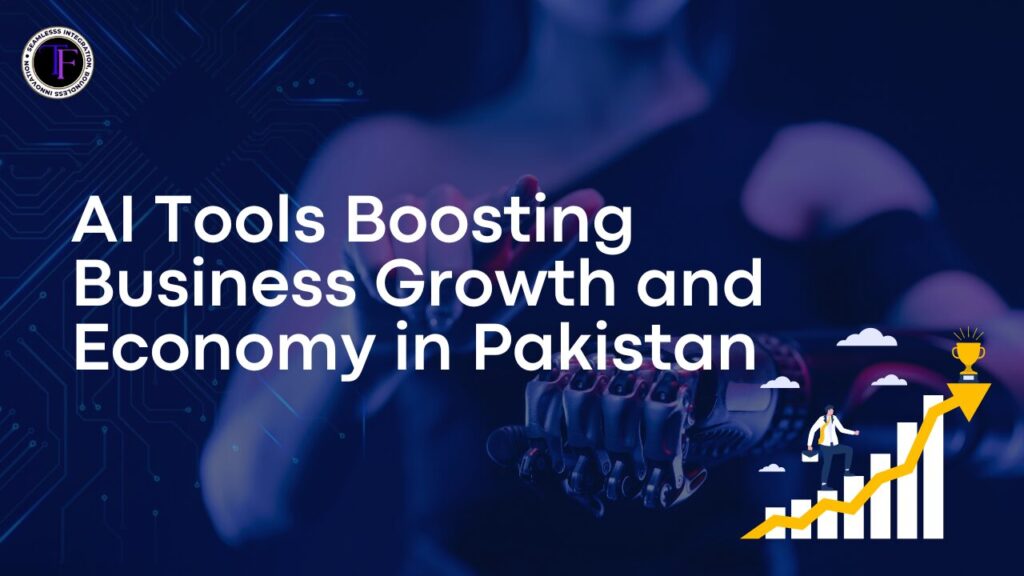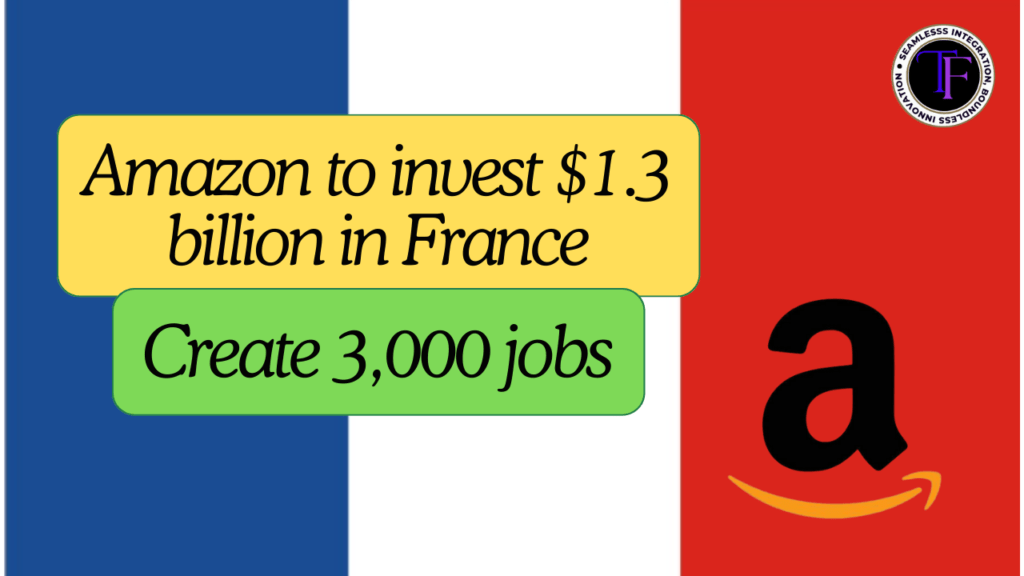In the close to future, you’ll be capable of purchasing matters with a swipe of your hand. Pay-by-palm is already accessible at over 200 Amazon-owned Whole Foods Market stores throughout the country. And via year-end, all 500+ shops for the duration of the U.S. will provide the price option, according to a July 20 press release.
This ability clients who sign up for the Amazon One program won’t want their wallets or telephones to pay for groceries.
Amazon One is a kind of biometric-based shape of payment that makes use of your special physical features, such as your face or palm print, to authorize payments.
Here’s how it commonly works: You sign up for a biometric charge program, such as Amazon One, with the aid of offering your savings or debit card records and other details like your phone variety or a legitimate ID, depending on the retailer. Then, you scan your hand, face, or fingerprints, which are attached to your consumer profile. From there, you can use your hand, face, or fingerprints to pay at sure taking part locations.
However, some tech and cybersecurity experts are expressing problems with this evolving technology.
Why biometric-payment picks spark safety concerns
Since your hand or face is completely special to you and can’t go missing in the way your credit score or debit card can, some may additionally argue that it is an extra invulnerable form of payment. But that’s no longer necessarily so, says Hafiz Malik, an electrical- and computer engineering professor at the University of Michigan who researches cybersecurity.
Artificial brain technological know-how may want to be used to create fake variations of your voice, face, or handprint, which should then be used to dupe biometric-based payment systems, Malik says.
“There need to be countermeasures, such as liveness detection, in the area to detect whether these are spoofed or impersonated identities,” he says.
To its credit, Amazon says its palm scanners use liveness-detection technological know-how and are in a position to inform the difference between a live palm and a fake one.
Consumers must also be conscious that the database the place their biometric data is stored may want to be hacked.
“Any time you entrust your facts with a personal corporation, you’re trusting that business enterprise to preserve those records safely. And most of the time, you in all likelihood shouldn’t,” says Evan Greer, director of Fight for the Future, a digital rights advocacy organization.
“Corporations have a genuinely horrible song report of keeping our private information safe,” she tells CNBC Make It.
While you can exchange a stolen deposit card or even a stolen Social Security number, it would be quite difficult to substitute your face or palm if your biometric statistics are stolen, she says.
On top of that, it can be dangerous if these databases of biometric data get into the incorrect hands, says Cynthia Rudin, a Duke University professor of PC science, bioinformatics, and electrical and PC engineering.
“They can control you in approaches you don’t like,” Rudin says. “Those records sets can be used to manage us somewhere in the world, which include arresting us, or preventing us from getting into stores that don’t choose clients in our profits bracket, or who have political views that disagree with the proprietors of the venues.”
It’s necessary to recognize that your biometric data is some of the most touchy information you create, says Greer. That’s why it’s crucial to protect it the same way you would protect your non-public details, such as your address or Social Security number.
“It’s something anybody should care about protecting, even in this age where many humans sense like they’ve given up on defending their privacy or sense like it’s futile,” she says.











